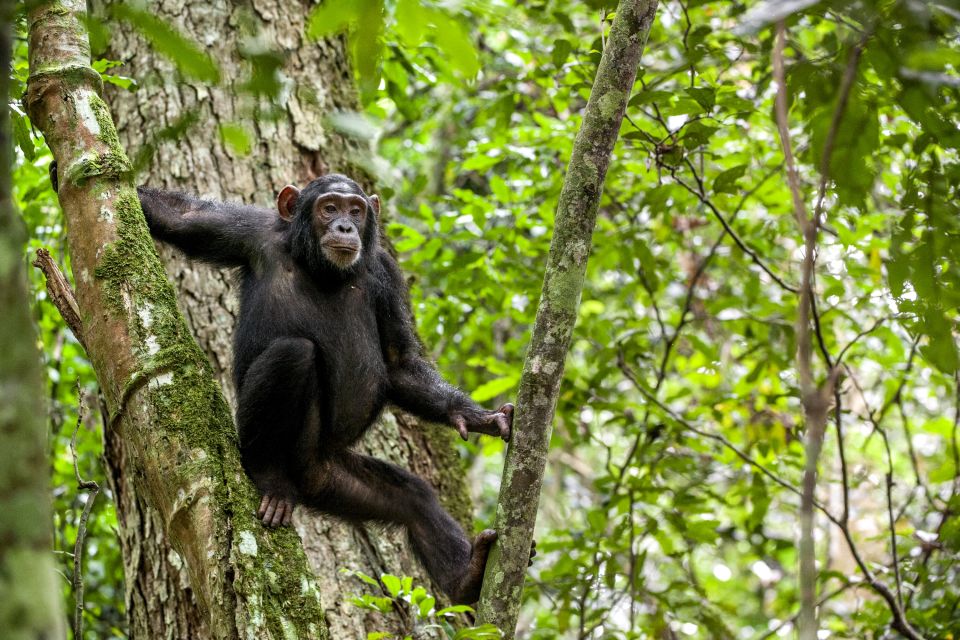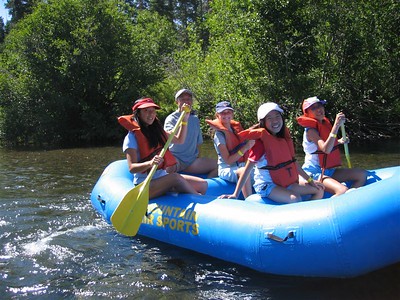Kidepo Valley National Park – Uganda safari destination.
At 1,442 km2, Kidepo Valley National Park is a huge, semi-arid plain that stretches across the northeastern corner of Uganda, forming the borders with Kenya and South Sudan. In 1962, it was gazetted as a national park due to the abundance and exceptional quality of its wildlife, including species that are unique to this region in Uganda.
Of the more than seventy-seven animal species found inside the park, four—the lion, the elephant, the buffalo, and the leopard—are among the most noteworthy.
Come face-to-face with cheetahs, zebras, giraffes, and leopards on an unforgettable safari across Uganda’s breathtaking savannah grasslands, where borassus palms and acacia trees stand in perfect harmony. More than 425 bird species call this breathtaking national park home. Among them is the ostrich, the biggest bird in the world, which is unique to Uganda.
The distance between Kidepo Valley National Park and Kampala, the capital city of Uganda, is about 700 kilometers, and there are no other major cities in the vicinity.
This pristine location boasts remarkable natural beauty, has been mostly unspoiled by humans, is relatively uncrowded, and is the perfect haven for adventurers, nature lovers, and those seeking a more relaxed pace of life. Kidepo is one of the most remote and unspoiled locations in Africa, boasting clean air that is devoid of any contaminants.
From the riverbeds of the Narus and Kidepo, at an elevation of 914 meters, the Kidepo Valley climbs to an elevation of 2,750 meters at Morungole, its highest point. As far as the eye can see, it’s a vast, semiarid plain, and it’s one of the few wild African locations where learning about nature and seeing animals isn’t a chore.
The Karamojong people, who live in the area around the park, are pastoral nomads who have traditionally grazed large domestic herds alongside wild animals. Because of their little interaction with European civilization, they have always relied on domestic animals for their most fundamental household requirements.
Wildlife preservation efforts are aided by their cultural and traditional practices. Visiting their homesteads on an organized safari is a great opportunity to see the heart of African culture in all its unfiltered glory.
Safari Activities at Kidepo Valley National Park.
Game drives
The Valley’s Apoka game drives are well-known as the best way to swiftly explore the wildest places. The thrill of getting up close and personal with massive predators and animals in the safety of your vehicle is unparalleled.
The Narus Valley is known for its lush vegetation, and vehicles usually follow one of two pathways that span twenty kilometers. Here, even in the dry season, you may find a trickle of water, which attracts large herds of buffalo, elephants, and antelope. Predators flock to herbivores, allowing you to see a spectacular display of wildlife.
Early morning and late afternoon game drives are scheduled throughout the hot and dry season. As a result, you may capture the animals at their most engaging while also taking advantage of the best lighting circumstances for photography.

Although the Kidepo Valley is dryer and has fewer species, its wild beauty more than makes up for it. Pay attention to the Kanagorok hot springs, 30 km north of Apoka, but don’t be foolish. Follow the Kidepo River, which forms a large sand bank during the dry season, as you slowly wind your way over mountainous plains. The dense vegetation provides refuge for the kudu and ostrich, and the secretary birds flourish in this area.
Nature Walks and Wildlife Viewing
Take note of the sense of exposure that accompanies every hike when you set out on a path. With the knowledge of your guide at your side, you can relax and enjoy the beauty of nature.
Most of the walking routes, which might take two or three hours, pass through the Narus Valley. The Narus Valley walk is very popular since the radius is just 5 km, which is suitable for most people. In the midst of breathtaking landscapes, you have many opportunities to see a diverse array of beautiful animals and birds.
Avian enthusiasts often explore the Narus and Namamukweny Valleys for the Abyssinian Roller, Purple Heron, Abyssinian Ground Hornbill, and the Kidepo-exclusive Clapperton’s Francolin.
For anyone looking for a more challenging adventure, there is a 15-kilometer trail that winds its way into the hills. Lots of paths might be explored; however, some of them can be inaccessible or perhaps closed for the time being.
Cultural & Community Encounters
Karamojongs
The Karamojong are a nomadic agro-pastoralist people who hail from Ethiopia and settled in what is now northeastern Uganda around 500 years ago. They speak a Nilotic language and are passionate about cattle.
Like their neighbors in southwestern Ethiopia and northern Kenya, the Karamojong have mostly fought modernity, although that is beginning to change. They still live very much as they did when they first arrived.
Karamojong culture has long been characterized by conflict, since the community’s love of cattle has often led to fights over animals. Following the fall of the Amin government, which momentarily cut off access to foreigners and made assault weapons widely accessible, this took on a more sinister tone.
With Joseph Kony and the Lord’s Resistance Army out of the way in 2005 and the demilitarization of Karamoja in 2011 by the Ugandan government, the area is now safe to visit and welcomes tourists.
The Dodoth Karamojong lost access to their traditional hunting and grazing areas due to the park. Visiting the Karamojong to get insight into their culture is, then, both a fascinating and vital part of responsible tourism. The Karamojong will undoubtedly benefit directly from tourism because of this.
ik people
The Ik people were hit the worst by the park’s construction. The Ik used to be pastoralists, but they lost all of their livestock when the Turkana, Pokot, and Karamojong tribes invaded their land. They may have been the first Ethiopian settlers.
When they returned to their hunter-gatherer ways on the Morungole Mountains’ lower slopes in 1962, the park authorities removed them. Attempting subsistence farming in the mountains well beyond the park was their only alternative.
The Ik were almost wiped out during the movement, which occurred during a period of widespread famine called “the time of one cup.” The upheaval put long-established social standards to the test and reduced them to a shell of their former self.
During this period in the 1960s, anthropologist Colin Turnbull lived among the Ik for three years, recording the social breakdown of the people and the shocking degree to which they became self-centered. His book “The Mountain People,” which was controversial when it came out, detailed this experience.
Turnbull had a vague idea that the Ik’s traumatization from being banished from the park influenced his dealings with them, but he didn’t know how bad it was.



